Taliban Takes Kabul, About Afghanistan, US Troops in Afghanistan
About Afghanistan, Afghanistan Population, Afghanistan Ethnic Groups, Afghanistan Cities, Afghanistan Map, Kabul, Kabul Map, NATO troops in Afghanistan, US troops in Afghanistan, Taliban Takes Kabul and more...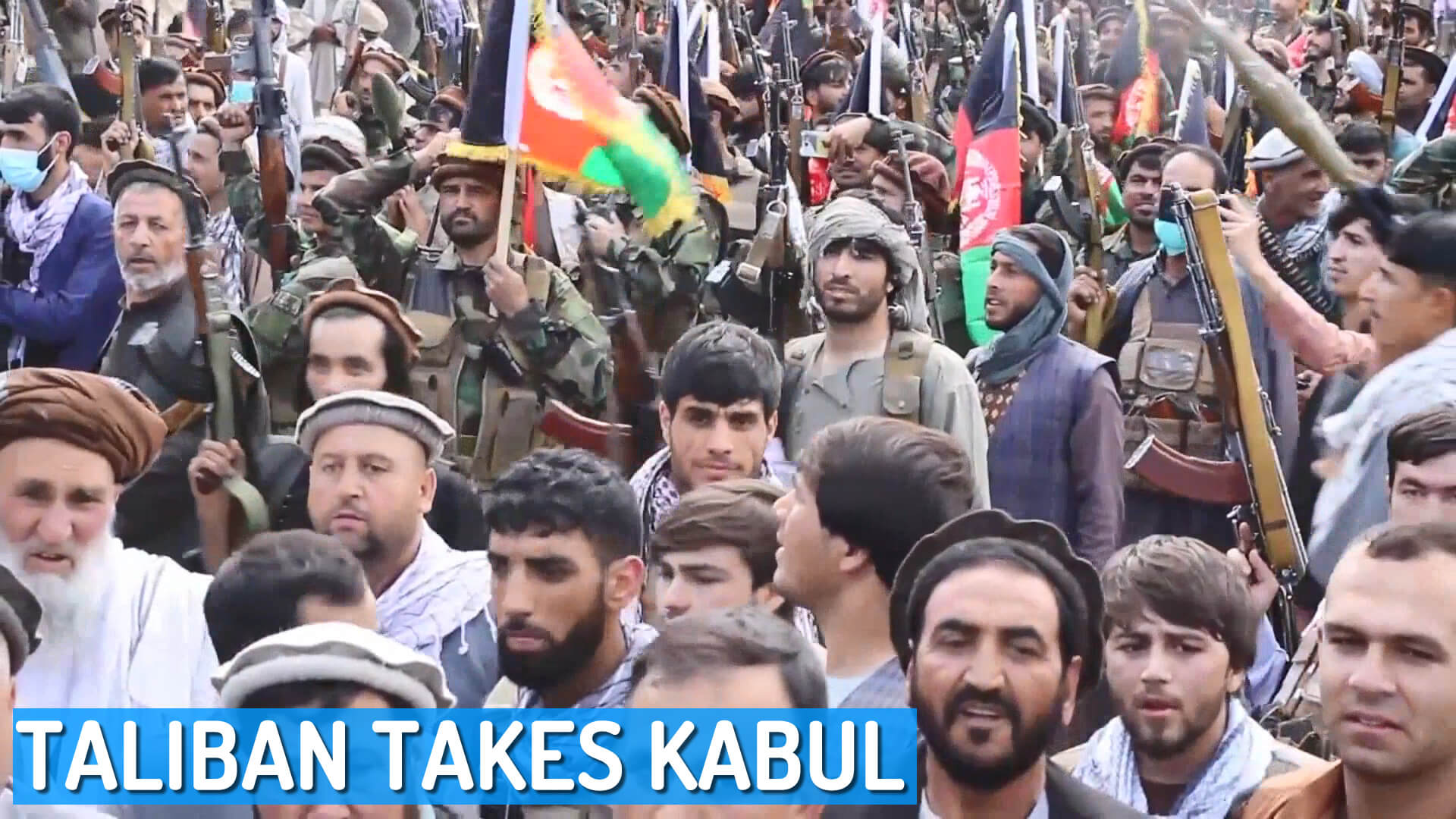
About Afghanistan, US Troops in Afghanistan - Taliban Takes Kabul
Please subscribe on "World Guide" channnel on Youtube at youtube.com/c/WorldGuide
About Afghanistan, National Border, History & Demographics
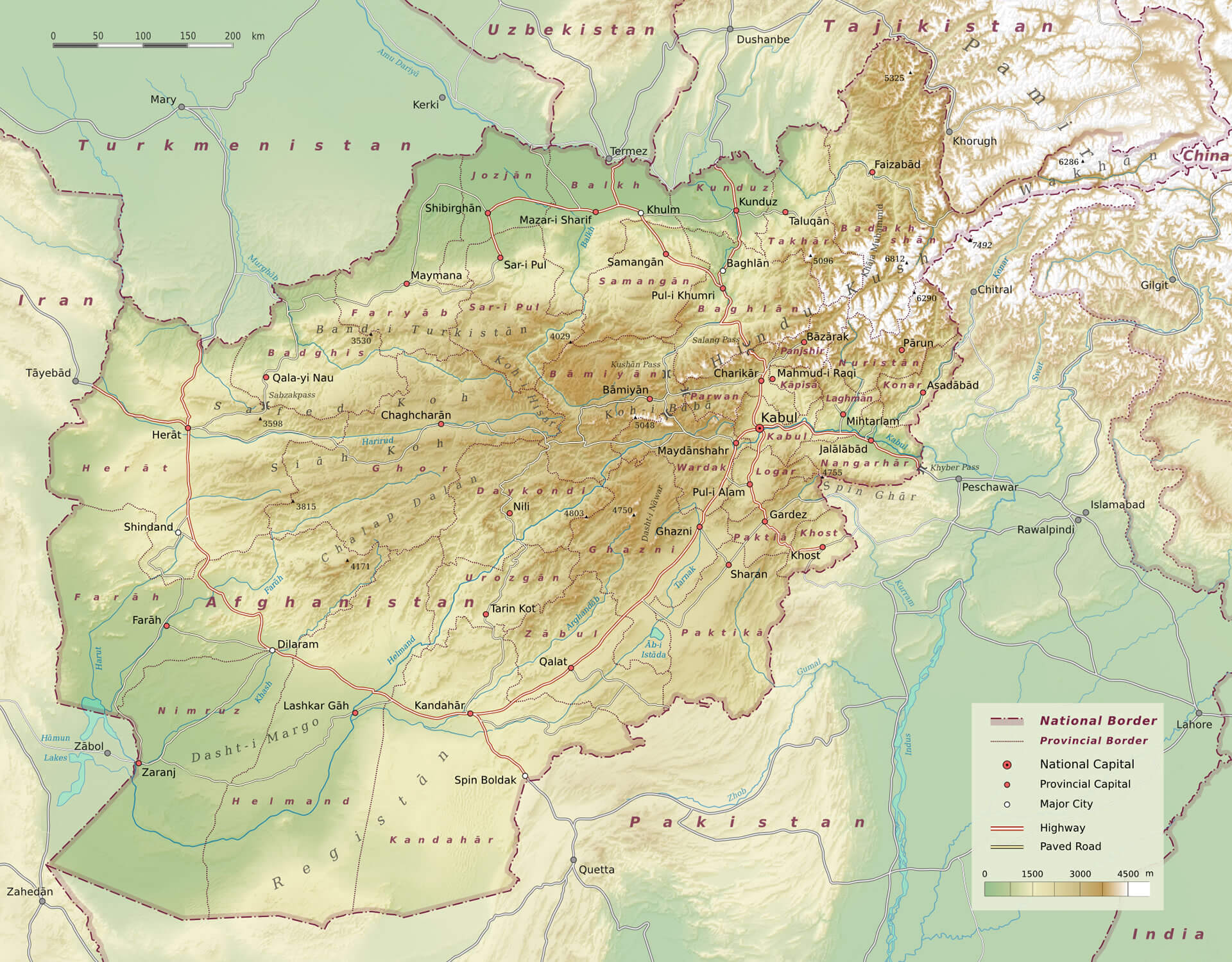 Afghanistan officially the Islamic Republic of Afghanistan is a mountainous landlocked country at the crossroads of Central and South Asia. Afghanistan is bordered by Pakistan to the east and south, Iran to the west, Turkmenistan, Uzbekistan, and Tajikistan to the north, and China to the northeast. Occupying 652,000 square kilometers (252,000 sq mi), it is a mountainous country with plains in the north and southwest.
Afghanistan officially the Islamic Republic of Afghanistan is a mountainous landlocked country at the crossroads of Central and South Asia. Afghanistan is bordered by Pakistan to the east and south, Iran to the west, Turkmenistan, Uzbekistan, and Tajikistan to the north, and China to the northeast. Occupying 652,000 square kilometers (252,000 sq mi), it is a mountainous country with plains in the north and southwest. Humans lived in what is now Afghanistan at least 50,000 years ago. Settled life emerged in the region 9,000 years ago, evolving gradually into the Indus civilization (Shortugai site), the Oxus civilization (Dashlyji site), and the Helmand civilization (Mundigak site) of the 3rd millennium BCE.
Muslims brought Islam to Sassanian-held Herat and Zaranj in the mid-7th century, while fuller Islamization was achieved between the 9th and 12th centuries under the Saffarid, Samanid, Ghaznavid, and Ghurid dynasties. Parts of the region were later ruled by the Khwarazmian, Khalji, Timurid, Lodi, Sur, Mughal, and Safavid empires.
Afghanistan Population & Economy
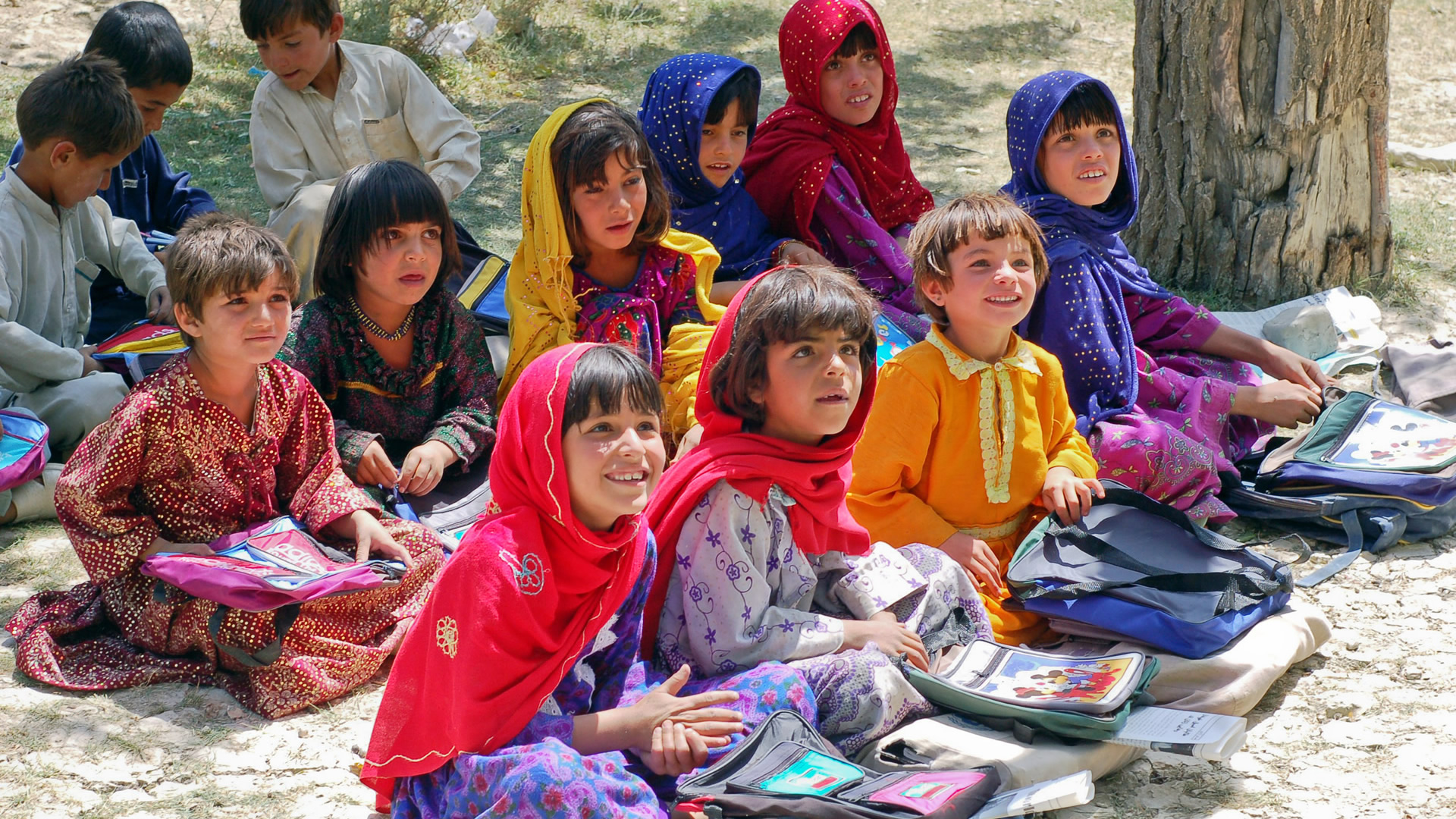 Kabul is the capital and largest city, with an estimated population of 4.6 million composed mostly of ethnic Pashtuns, Tajiks, Hazaras, and Uzbeks.
Kabul is the capital and largest city, with an estimated population of 4.6 million composed mostly of ethnic Pashtuns, Tajiks, Hazaras, and Uzbeks. Afghanistan has a population of 32,225,56 according to the 2019 estimate. Afghanistan is a unitary presidential Islamic Republic. The country has high levels of terrorism, poverty, child malnutrition, and corruption. It is a member of the United Nations, the Organisation of Islamic Cooperation, the South Asian Association for Regional Cooperation, the Group of 77, the Economic Cooperation Organization, and the Non-Aligned Movement. Afghanistan's economy is the world's 96th largest, with a gross domestic product (GDP) of $72.9 billion by purchasing power parity; the country fares much worse in terms of per-capita GDP (PPP), ranking 169th out of 186 countries as of 2018. Afghanistan Per Capita is $493.
Taliban Takes Kabul, Afghan Government Falls
 In December 2001, after the Taliban government was overthrown, the Afghan Interim Administration under Hamid Karzai was formed. The International Security Assistance Force (ISAF) was established by the UN Security Council to help assist the Karzai administration and provide basic security. By this time, after two decades of war as well as an acute famine at the time, Afghanistan had one of the highest infant and child mortality rates in the world, the lowest life expectancy, much of the population were hungry, and infrastructure was in ruins. Many foreign donors started providing aid and assistance to rebuild the war-torn country.
In December 2001, after the Taliban government was overthrown, the Afghan Interim Administration under Hamid Karzai was formed. The International Security Assistance Force (ISAF) was established by the UN Security Council to help assist the Karzai administration and provide basic security. By this time, after two decades of war as well as an acute famine at the time, Afghanistan had one of the highest infant and child mortality rates in the world, the lowest life expectancy, much of the population were hungry, and infrastructure was in ruins. Many foreign donors started providing aid and assistance to rebuild the war-torn country. Taliban forces meanwhile began regrouping inside Pakistan, while more coalition troops entered Afghanistan to help the rebuilding process. The Taliban began an insurgency to regain control of Afghanistan. Over the next decade, ISAF and Afghan troops led many offensives against the Taliban but failed to fully defeat them. Afghanistan remains one of the poorest countries in the world because of a lack of foreign investment, government corruption, and the Taliban insurgency
ISAF forces also began to train the Afghan National Security Forces. Following 2002, nearly five million Afghans were repatriated. The number of NATO troops present in Afghanistan peaked at 140,000 in 2011, dropping to about 16,000 in 2018.
Thousands of NATO troops remained in the country to train and advise Afghan government forces and continue their fight against the Taliban. It was estimated in 2015 that "about 147,000 people have been killed in the Afghanistan war since 2001. More than 38,000 of those killed have been civilians". A report titled Body Count concluded that 106,000–170,000 civilians have been killed as a result of the fighting in Afghanistan at the hands of all parties to the conflict.
On 14 April 2021, NATO Secretary-General Jens Stoltenberg said the alliance has agreed to start withdrawing its troops from Afghanistan by May 1. Soon after the withdrawal of NATO troops started, the Taliban launched an offensive against the Afghan government, quickly advancing in front of collapsing Afghan government forces. According to a U.S. intelligence report, the Afghan government would likely collapse within six months after NATO completes its withdrawal from the country. On August 15, 2021, as the Taliban once again controlled a vast majority of Afghan territory, the Taliban began capturing the capital city of Kabul, with large-scale evacuations of civilians, government officials and foreign diplomats being conducted through the U.S. controlled Kabul International Airport. Taliban fighters were allegedly ordered not to interfere with civilian evacuations, and to let whoever wanted to leave the city.
2021 Taliban Offensive Map
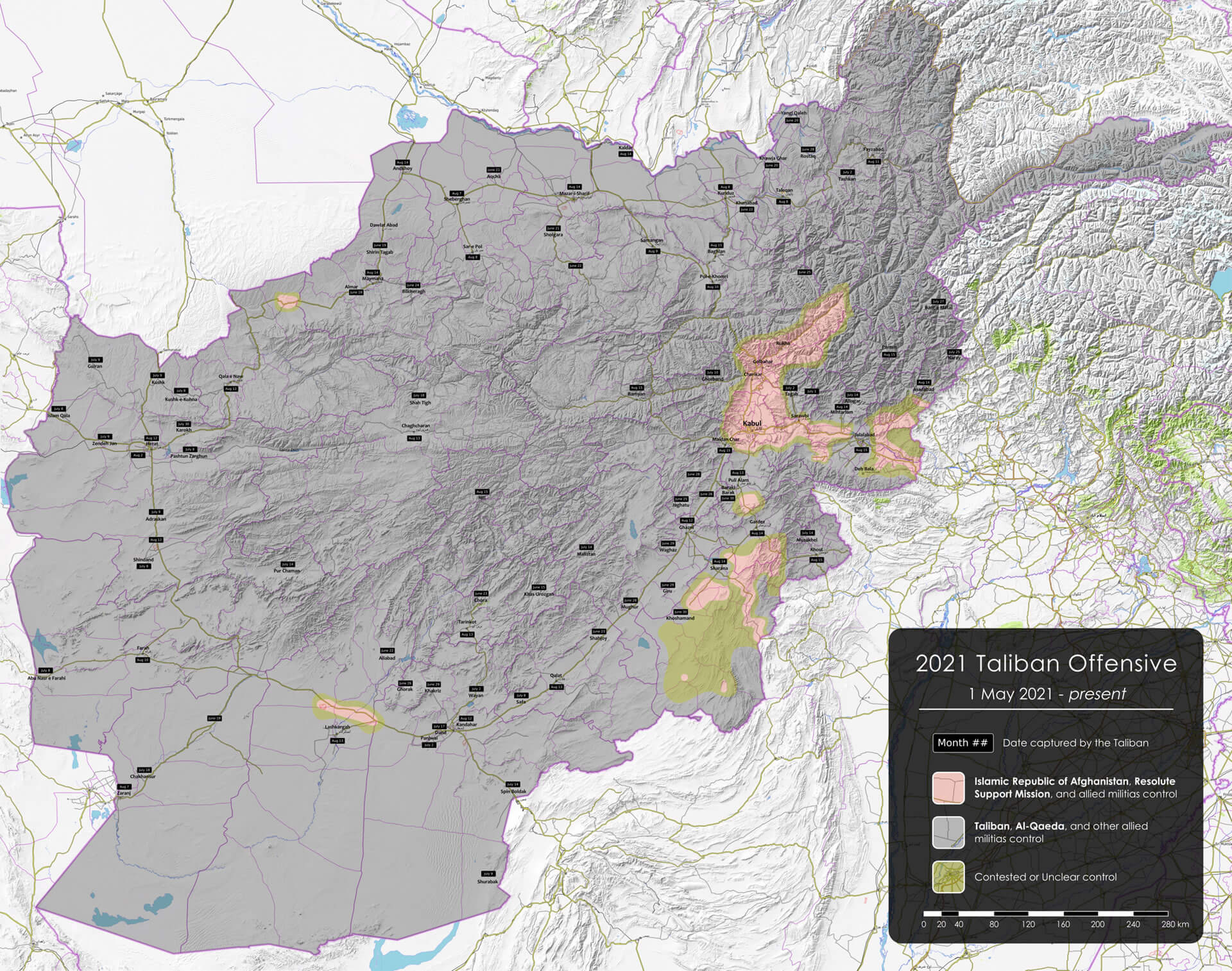
Afghanistan Physical En Map

Afghan Countryside
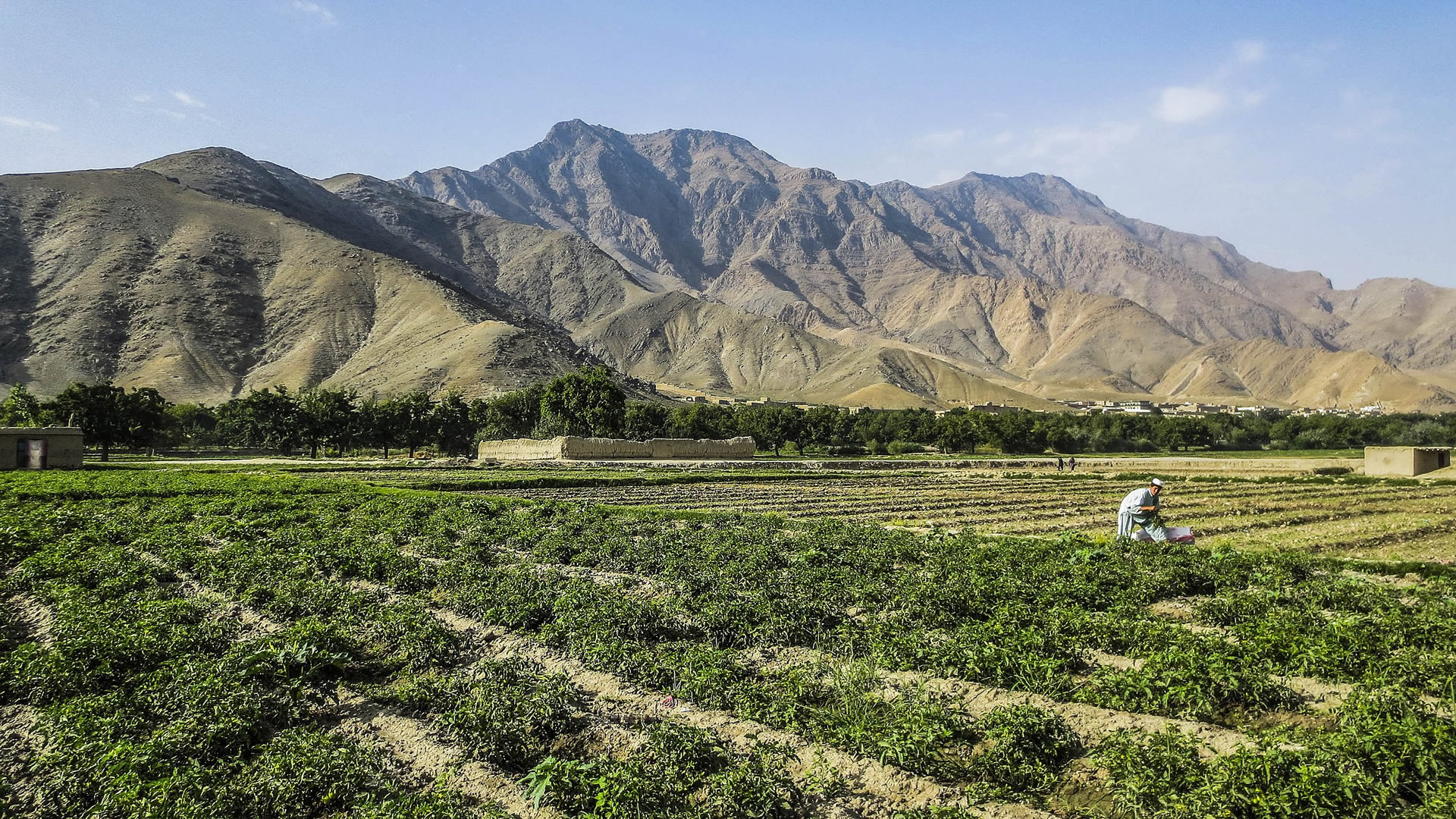
Afghanistan Satellite Map
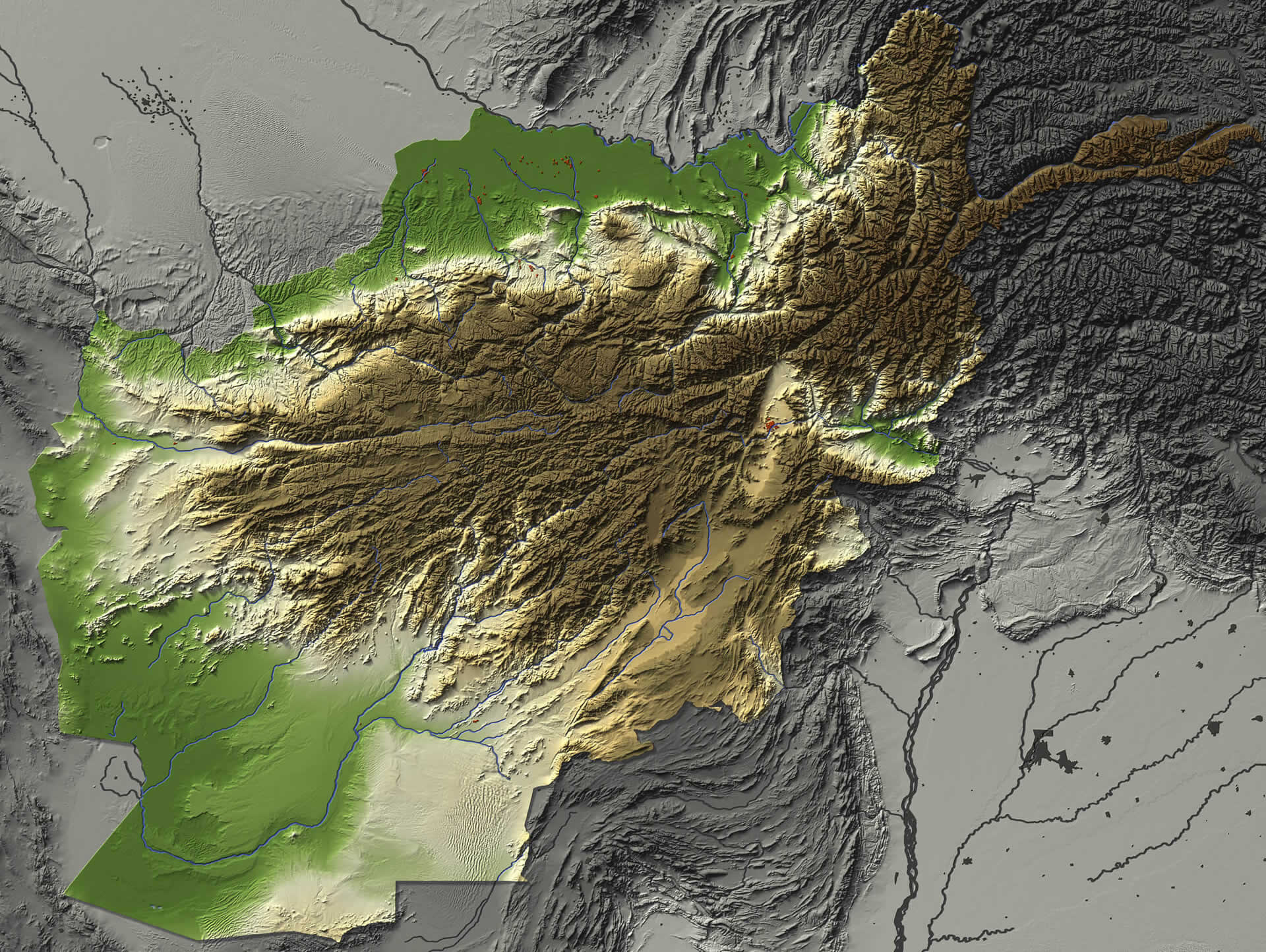
Herat Afghanistan

Hindu Kush Mountains Afghanistan

Taliban insurgency in Afghanistan Map
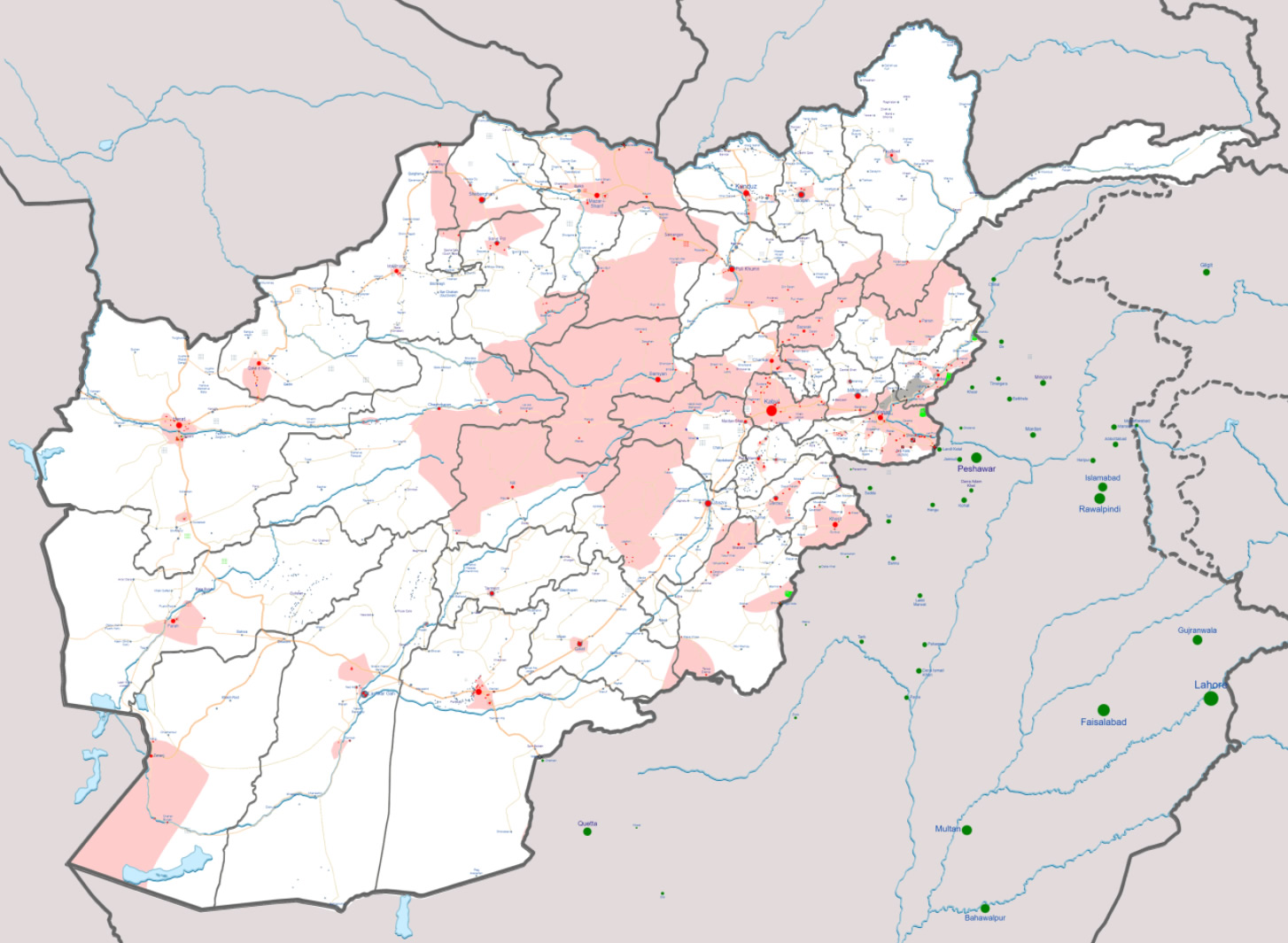
Afghan women at a textile factory in Kabul
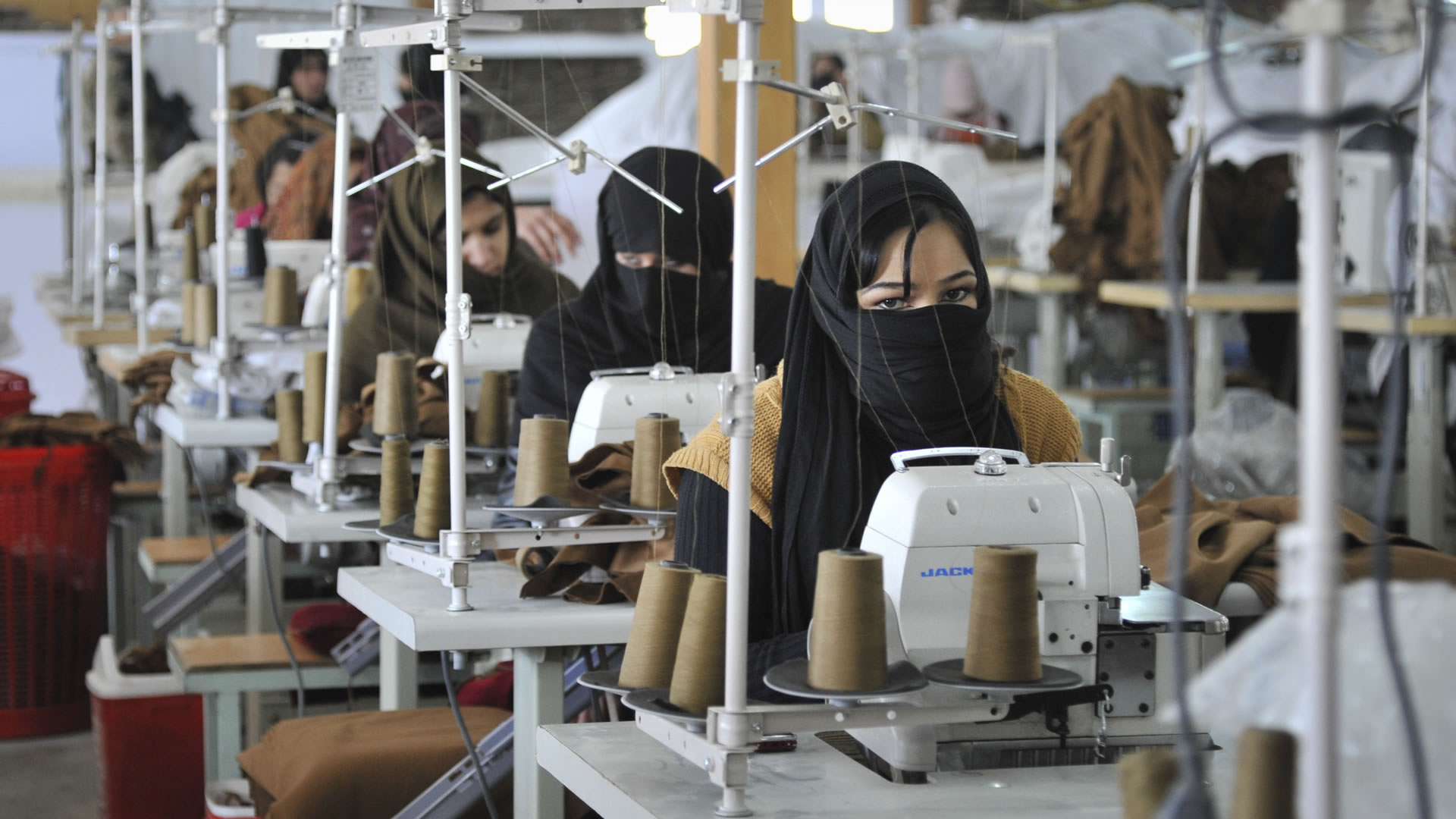
Afghan foot soldiers in 1841

British India camping at Kandahar
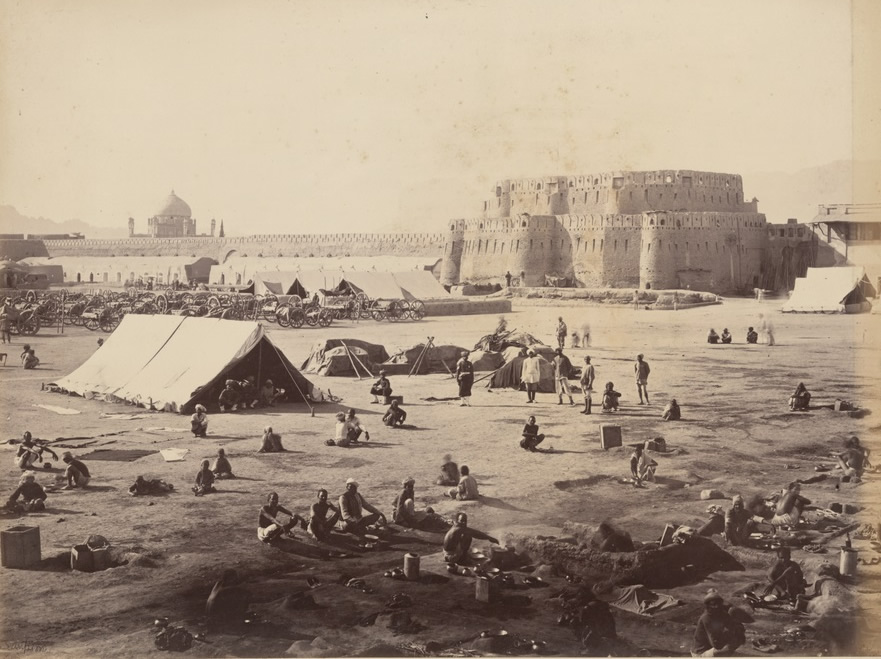
Afghanistan Political Map

- Head of Performance Marketing
- Head of SEO
- Linkedin Profile: linkedin.com/in/arifcagrici
Addresse: Hakarinne 2 Espoo, Uusimaa - Finland 02210
Web: istanbul-city-guide.com
Email: [email protected]
Phone: +358 44 934 9129
Web: istanbul-city-guide.com
Email: [email protected]
Phone: +358 44 934 9129
Copyright istanbul-city-guide.com - 2004 - 2025. All rights reserved. Privacy Policy | Disclaimer
